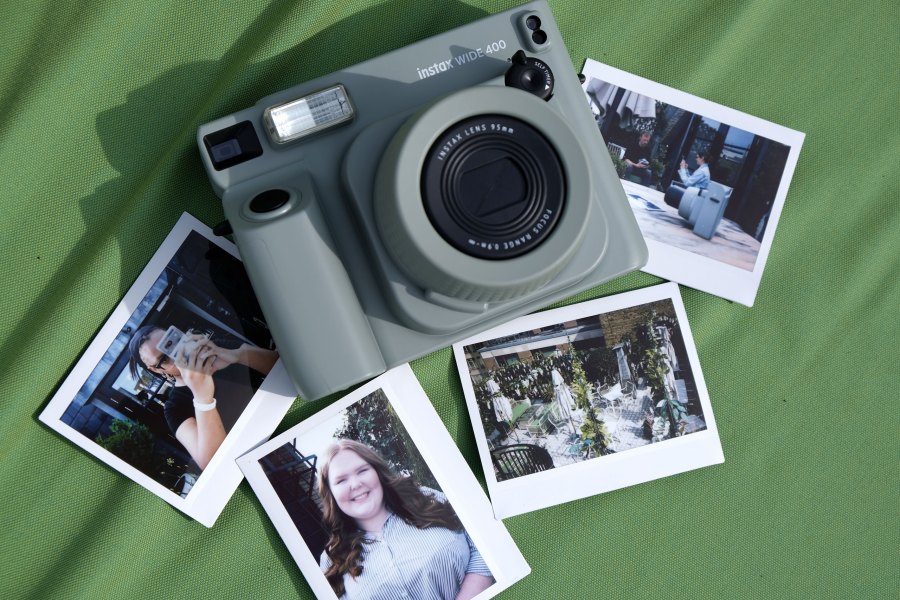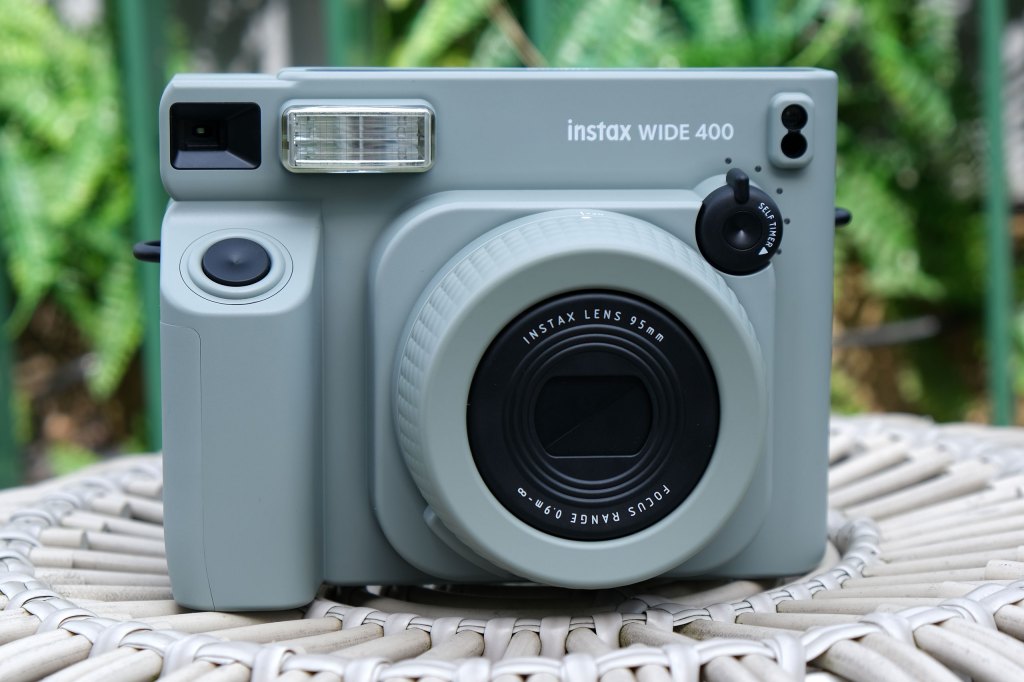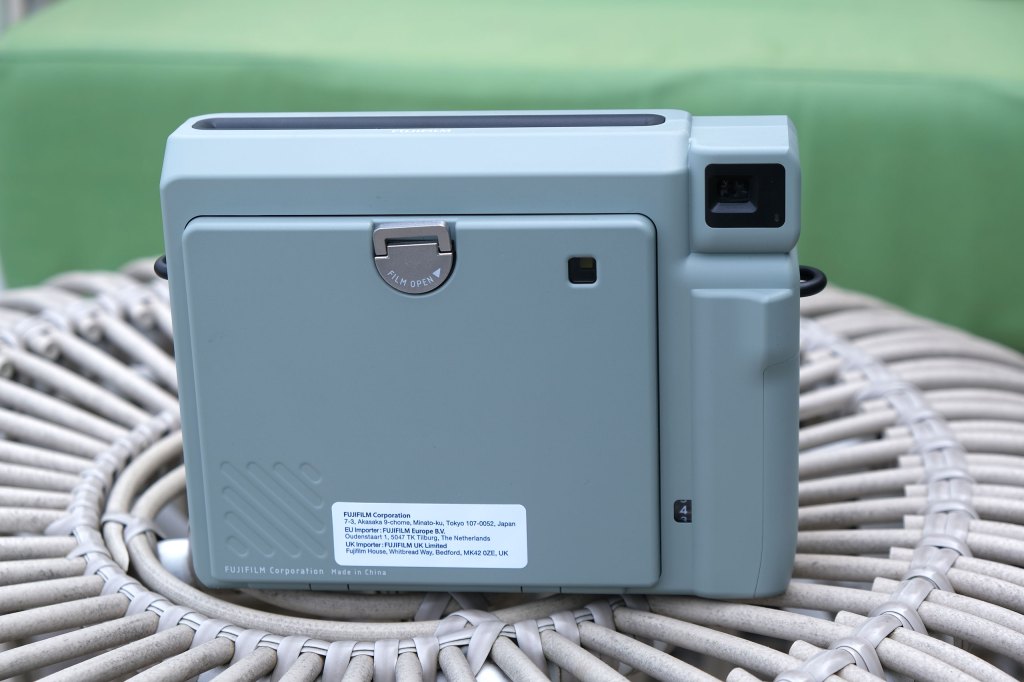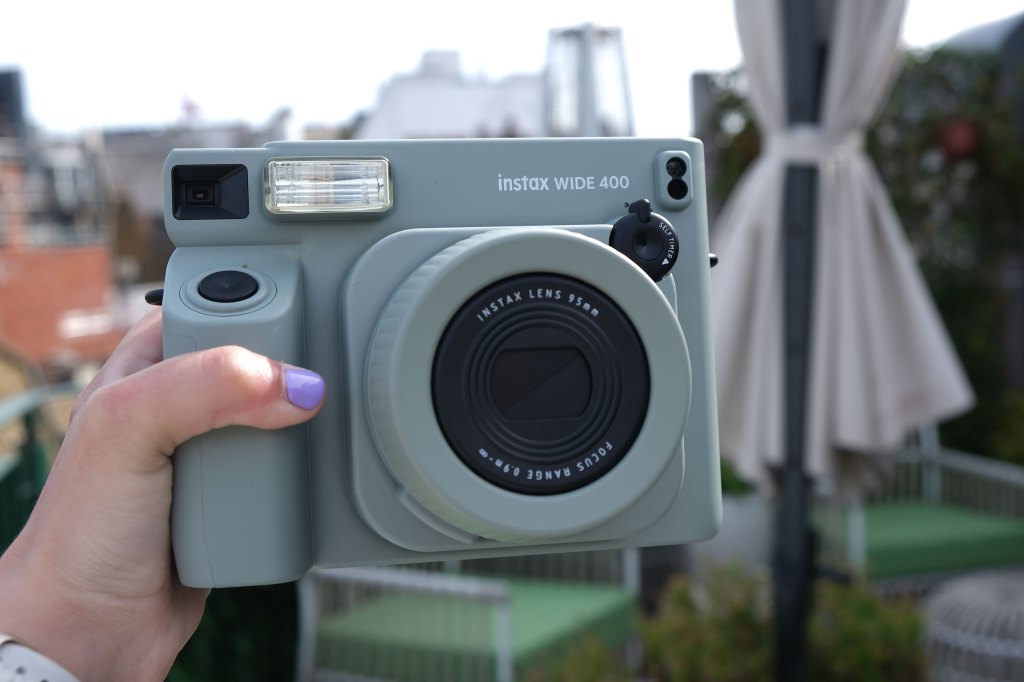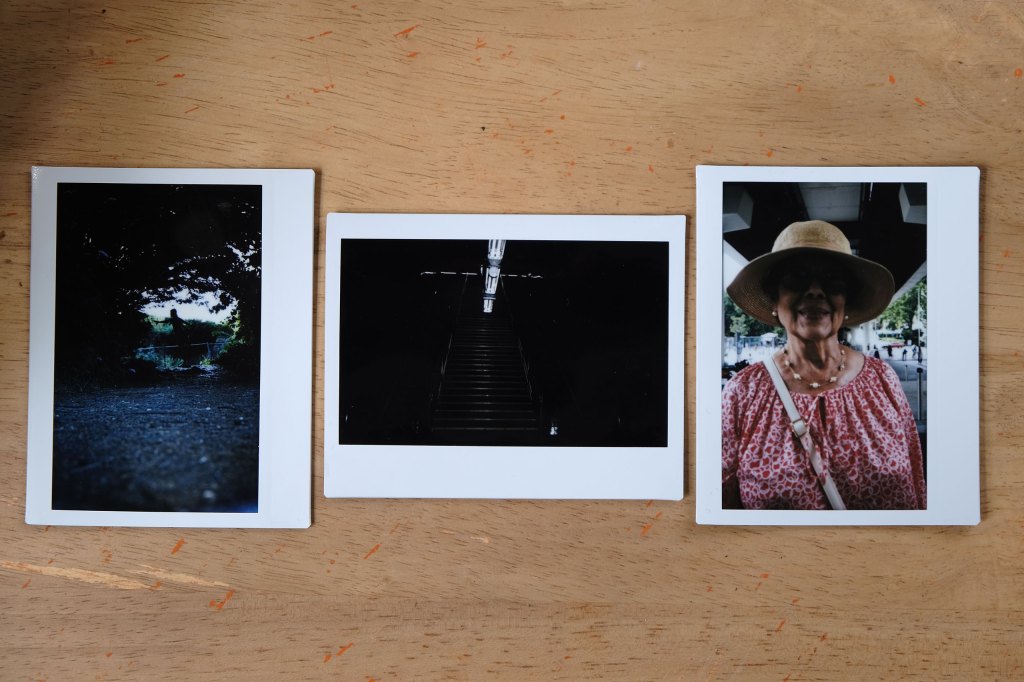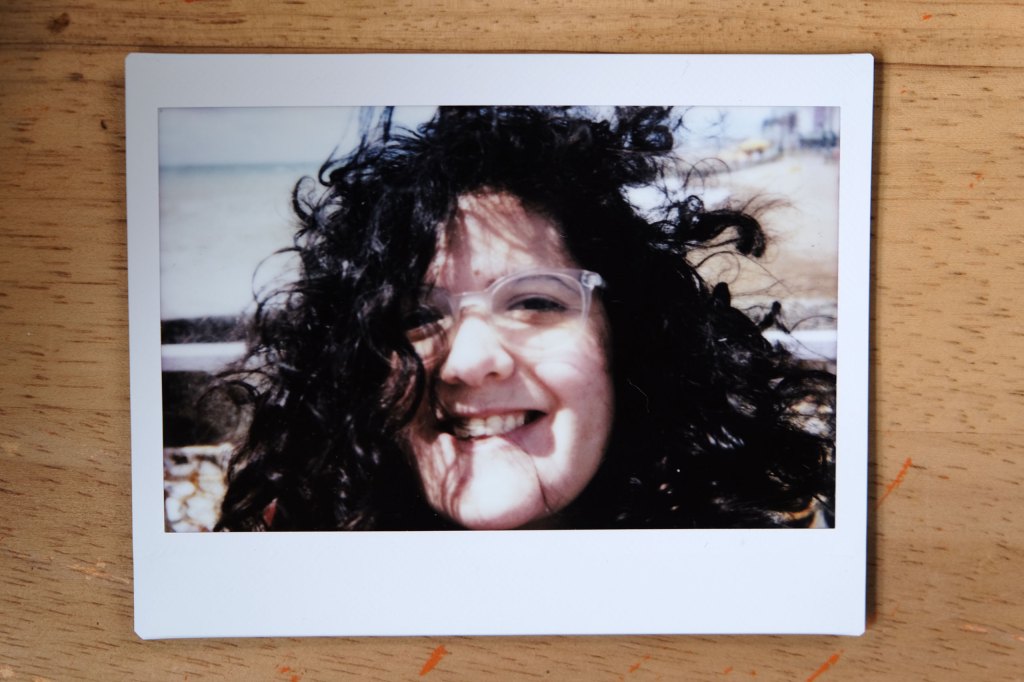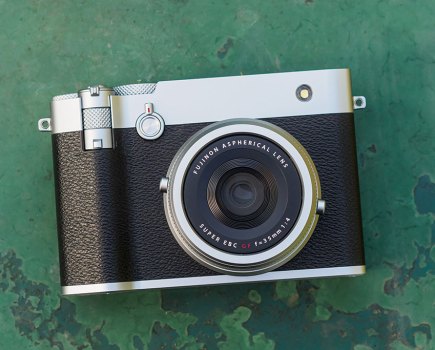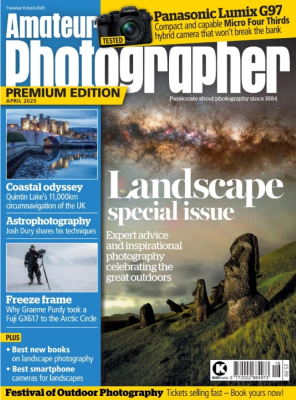The Fujifilm Instax Wide 400 came a decade after the Wide 300, yet appears to miss out on features compared to its predecessor. We explore how it fares in practice. It does, after all, make our best instant cameras and printers list for its capacity for large prints.
Amateur Photographer verdict
The Wide 400 is a perfectly decent point and shoot. More experienced photographers, however, might find it a bit mid and not particularly enticing.- Easy to use
- Gives a nice amount of detail
- Accessories can be helpful
- Struggles in low light and has no manual exposure control
- Close-up lens is very hit and miss
- A step back in features when compared to the Wide 300
Instax Wide 400 at a glance
- Green body with retractable lens
- Compatible with Instax Wide instant film
- Dimensions 162 x 98 x 123 mm, 616g
- Takes 4 x AA batteries
- Price $150 / £130
- Instax.com
Camera body and design
The Instax Wide 400 is big: slightly bigger than my Fujifilm X-T3 and than most new Polaroid cameras. By incorporating the viewfinder more into the camera body, it measures 162 mm × 98 mm × 123 mm; slightly different to the Instax Wide 300 at 167.8mm x 94.7mm x 120.9mm. Weighing 616g, the Instax Wide 400 is 4g heavier and looks a little boxier – that it comes only in a military shade of green, too, it resembles a photographic version of a Jeep.
Its bigger body makes it more cumbersome to carry than other instant cameras. I’m glad to report that the Wide 400 was a snug fit inside my Uniqlo crossbody bag along with other essentials and the close-up lens, but this was no easy feat.
There are no controls on the back. A physical self-timer sits on the front of the camera right next to the lens, which is ideal for group shots and anyone looking to take any self-portraits. By rotating the dial, you can set x-second increments before pressing the shutter button. A LED countdown counts down the time till your camera shutter goes off.
The camera’s lens has two focusing options: 0.9-3m and 3m-infinity. Like the Instax Mini 99, this camera does not come with a selfie mirror on the lens, does technically have one in the form of an attachable close-up lens (with a selfie mirror).
The Wide 400 also comes with angle adjustment accessories on the camera strap. These can be slid under a small square recess located at the bottom of the camera next to the tripod mount. There’s two different sizes to the wedges that can be put in it to prop the camera forwards or backwards for getting different angles.
The shooting experience
With automatic exposure and flash control, the Wide 400 is very much a point and shoot, much like the Instax Mini 12 and Instax SQ40. A friend who owns the 300 has told me in the past that she didn’t like the viewfinder sticking out as she found that it messed with the framing. Relocating it to be more in par with the camera was a step in the right direction and I had no framing issues while using the Wide 400.
Getting the focus mode right was more of a challenge; I ended up using the 3m-infinity option as a default and, given the larger film size, was very happy to find that it gave me a nice amount of detail – everything from crowds, buildings like the Brighton Royal Pavilion, and even a portrait of a very cute dog enjoying a sunny evening out with its owner.
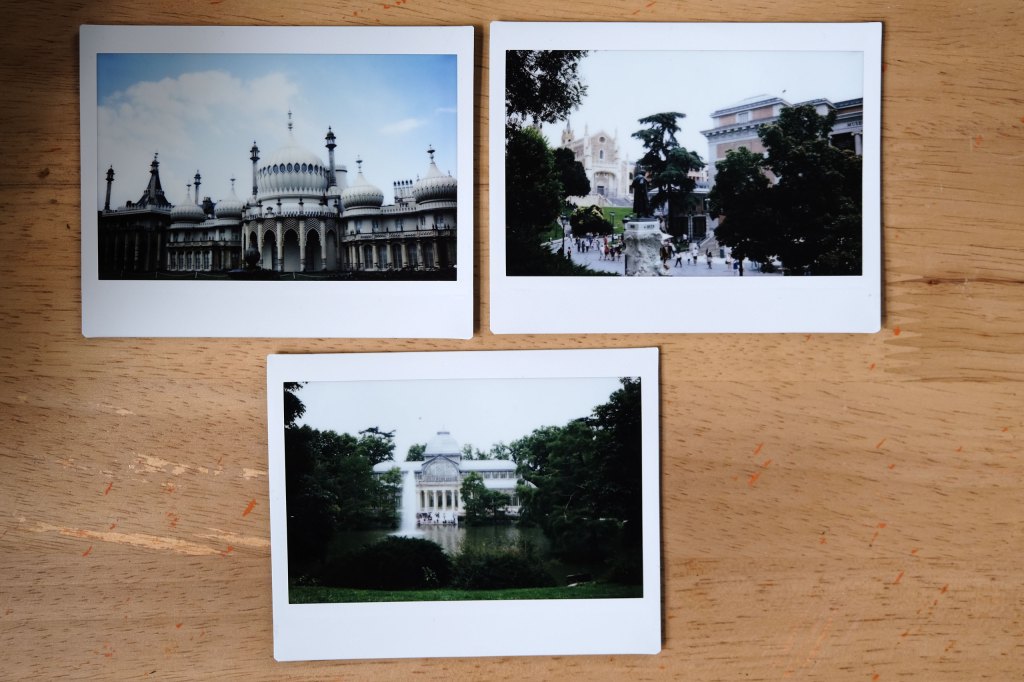
Predictably, the Wide 400 struggled in low light situations such as when taking photos in the shade – on an otherwise sunny day – and indoors. A photo I took inside the Madrid metro is mostly dark, with only the artificial lights and its reflection on some stairs rendered visible. The flash did have quite a lot of range so as long as your subject is relatively close to the camera, it’s not as much of an issue.
The provided accessories can be useful, particularly for selfies and for anyone looking to get interesting angles, but other than the lens, I didn’t use them very much as they are small and easy to lose in one’s bag.
While I found the close-up lens to be a bit hit and miss, I did get a wonderfully detailed selfie while the Brighton beach wind slapped me in the face and ruined my freshly washed and curled hair.
Ah, a fond memory captured in film. Not just that, but the Instax Wide 400 did a very good job of it. I might have ended up looking like a poodle by the end but you can clearly see my face and even various strands of hair in the resulting photo in one of the best selfies I’ve taken with an instant camera.
Value for money
Apart from a makeover and accessories, what does the Instax Wide 400 really gain a decade on from the Instax Wide 300? I briefly used an Instax Wide 300 when a friend lent it to me and while the Wide 400 overall gave me clearer results the truth is… not much. But it loses some things.
There is none of the flash control, an LCD status screen, nor the ability to shoot double exposures of the Wide 300; which also has brightness control (with light, dark or normal modes) and can be found in more colours.

The Wide 400 is priced at $149.95/£129.99. The Wide 300 costs generally less than this but can be difficult to find; in the US, it is listed as no longer available in retailers like B&H.
For those wanting more control over their cameras, the Lomography Lomo’Instant Wide, which has more manual controls, might be a better option. Another alternative, if you’re looking to print photos taken with your smartphone or camera, is the Instax Link Wide printer. The Wide 400 is less expensive than the printer but the printer can be found for less than the Wide 400’s price when bought as part of a kit with Wide film.


Verdict
So, is this the best wide camera yet or is it nothing new? Regrettably, it’s not just nothing new but a bit of a disappointment. Previous Wide models like the Wide 300 have much more controls and creative features and I felt disenchanted when I found that the new Wide 400 didn’t have more to it for instant photographers who like to experiment, especially since it appears to replace the Wide 300 on the Instax website and offer no other Wide alternative.
When it comes to instant cameras, there is a lot of choice out there and it really comes down to what kind of experience you want and the price you’re willing to pay for it. If you like the new look and want an easy to use point and shoot instant camera that can take larger prints and don’t mind carrying a larger, heavier instant camera in your bag, the Wide 400 is a decent option.
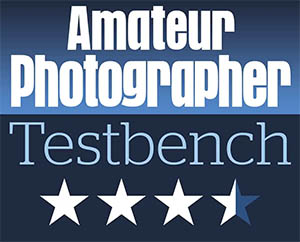
Related content:
- Fujifilm Instax Mini Evo review: the best instant camera for beginners?
- Fujifilm Instax Mini Link 2 review – why wait for your prints to come?

